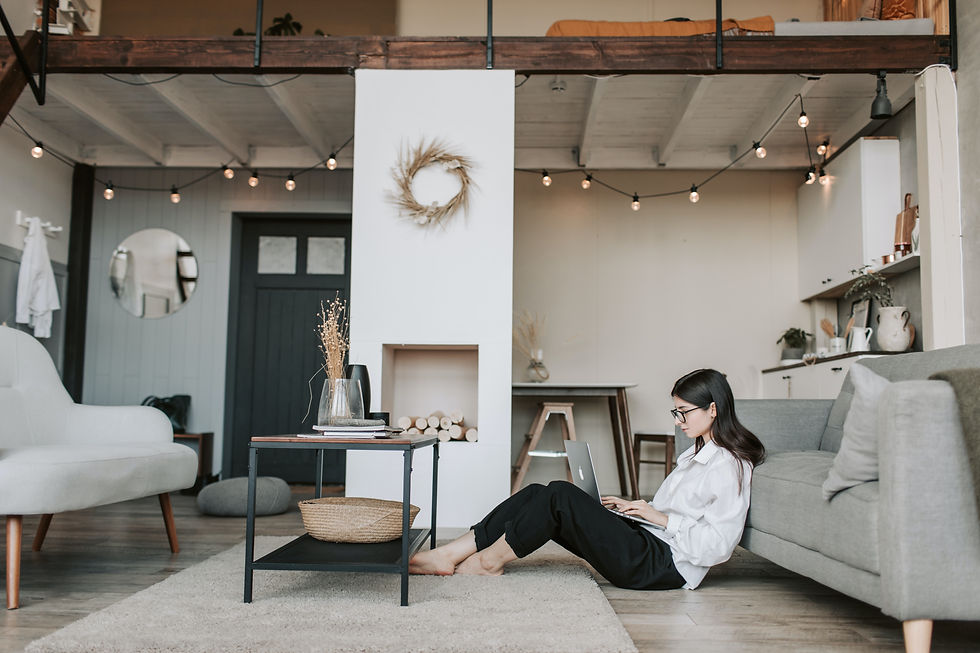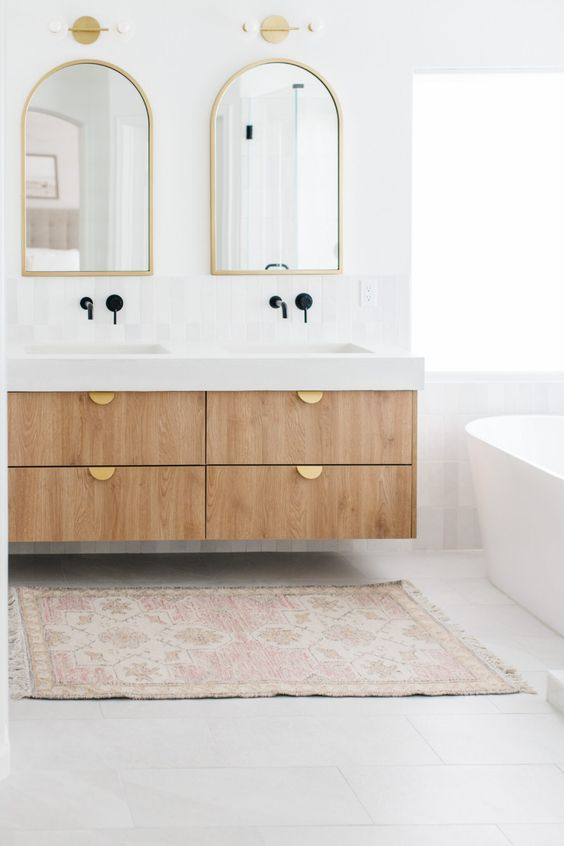How Interior Design Impacts Mental Health: Creating Spaces for Wellness and Well-being
- MVAA

- Jul 30, 2023
- 3 min read
Updated: May 18, 2024

The design of our living spaces goes beyond mere aesthetics. It plays a significant role in shaping our mental health and overall well-being. Whether it's the layout of a room, the choice of colours, or the presence of natural elements, each design decision can have a profound impact on our mood, stress levels, and emotional state. In this article, we will explore the fascinating intersection of interior design and mental health, delving into the key considerations and elements that can optimize our spaces to promote wellness and well-being.
The Power of Interior Design: Five Key Design Considerations
1. Prioritizing Functionality
In today's fast-paced world, our homes have become more than just living spaces. They serve as sanctuaries where we seek solace and recharge. Prioritizing functionality in interior design is essential for creating spaces that cater to our unique needs and support our well-being. By carefully analysing the purpose of each room, we can identify any challenges and design solutions that enhance functionality. Room layouts, furniture placement, and storage solutions all contribute to a space's functionality and, ultimately, our mental well-being within that room.
2. The Influence of Colours, Textures, and Patterns
Colours, textures, and patterns play a crucial role in shaping our emotional state and overall mood. Bright colours, such as yellow or orange, can evoke feelings of happiness and positivity, while cool colours like blue and green create a calming and relaxing atmosphere. The choice of textures and patterns also contributes to our emotional response to a space. Soft fabrics and textures can soothe and comfort, while bold patterns can stimulate and energize. By carefully selecting colours, textures, and patterns, we can create an environment that promotes a positive and uplifting mood.
3. Harnessing the Power of Natural Elements
Bringing elements of nature into our living spaces has a profound impact on our mental well-being. Sunlight, plants, and natural elements have been shown to reduce stress, improve concentration, and enhance overall mood. Sunlight, in particular, is a natural mood lifter, and exposure to natural light has been linked to increased happiness and productivity. By incorporating elements such as plants, flowers, and natural materials like wood and stone, we can create a connection with nature and foster a sense of calm and tranquillity within our homes.
4. Creating Spacious and Clutter-Free Environments
The physical environment in which we live significantly influences our mental state. A cluttered and disorganized space can contribute to feelings of overwhelm and stress, while a well-organized and spacious environment promotes a sense of calm and relaxation. Decluttering and organizing our living spaces help create a sense of openness and clarity, allowing us to focus and unwind. Thoughtful room layouts, furniture arrangements, and storage solutions are essential in creating mentally healthy spaces that facilitate ease of movement and foster a peaceful atmosphere.
5. The Healing Power of Art and Personalization
Artwork and personalization have the potential to uplift our spirits and create a sense of belonging within our living spaces. Surrounding ourselves with meaningful art, photographs, and personal mementos can evoke positive emotions and memories, enhancing our overall well-being. Art has been used as a form of therapy for centuries, and its presence in our homes can significantly contribute to stress reduction and emotional healing. By curating a collection of artwork and personal touches, we can create an environment that reflects our individuality and promotes a sense of joy and self-expression.
6. The Therapeutic Effects of Plants and Flowers
Bringing nature indoors through the inclusion of plants and flowers has been shown to have numerous therapeutic benefits. Studies have indicated that the presence of plants in our living spaces improves concentration, reduces stress, and increases overall well-being. Not only do plants act as natural air filters, improving air quality, but they also have a calming and soothing effect on our minds. The vibrant colours and textures of flowers bring joy and positivity into our homes, further enhancing our emotional state.
The impact of interior design on mental health is not merely anecdotal; it is supported by scientific research and studies. Researchers have explored the psychological effects of various design elements, shedding light on their ability to evoke emotional responses and influence our well-being. The field of environmental psychology has gained traction in recent years, with studies showcasing the profound effects of interior design on our emotions and mental state.


